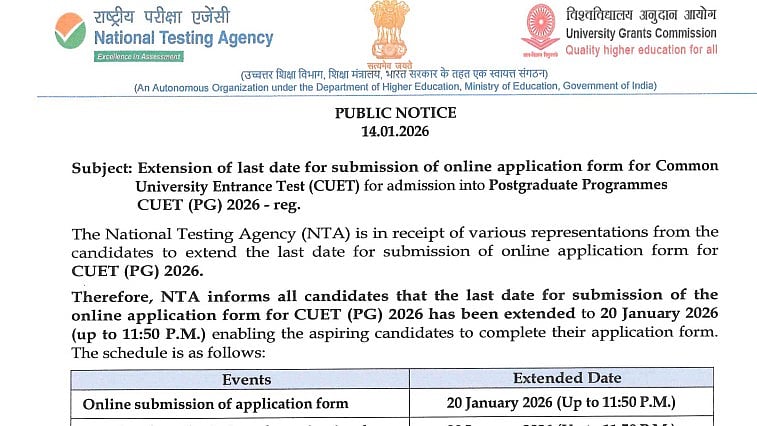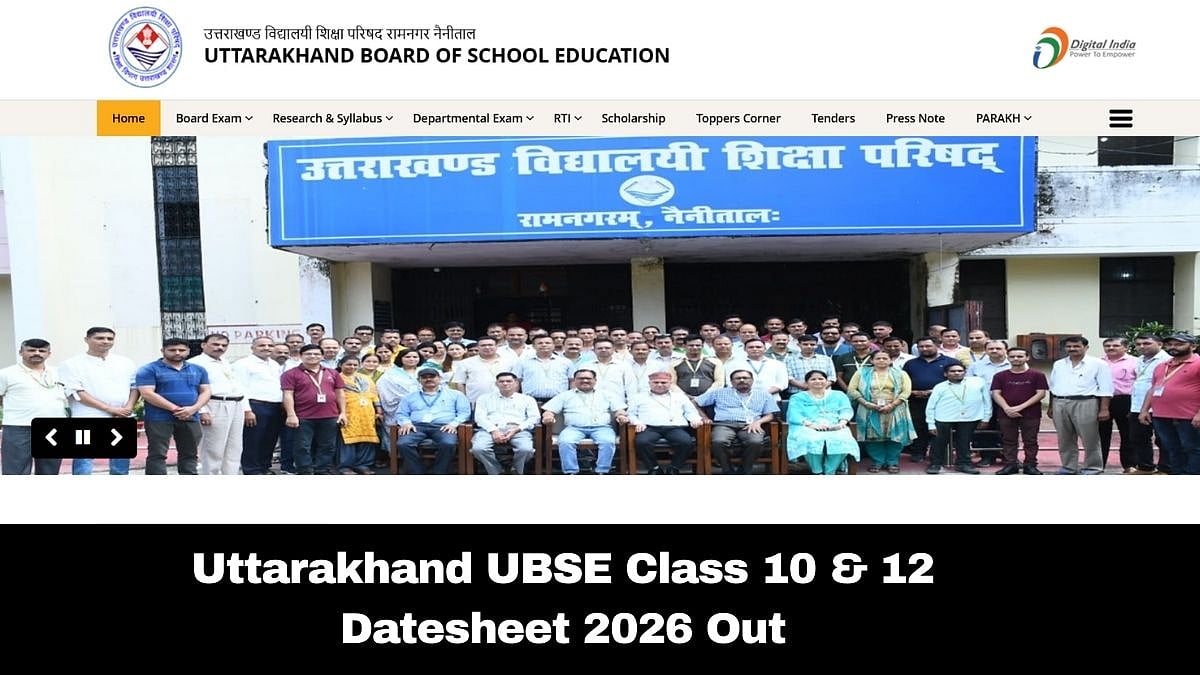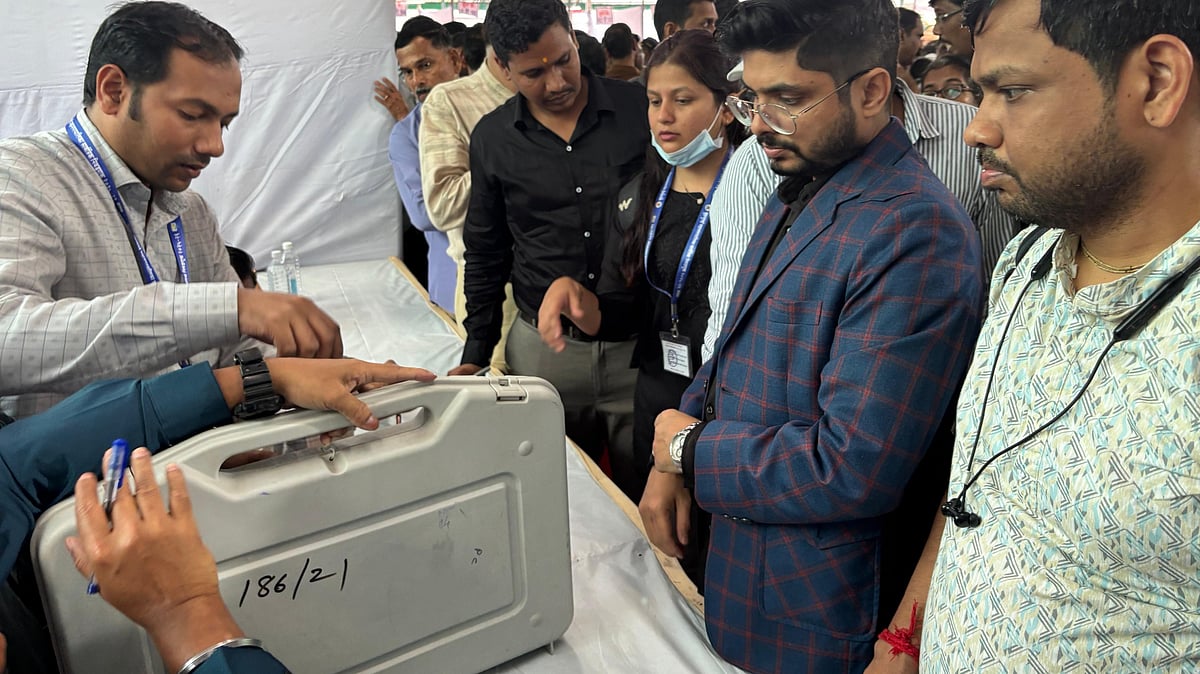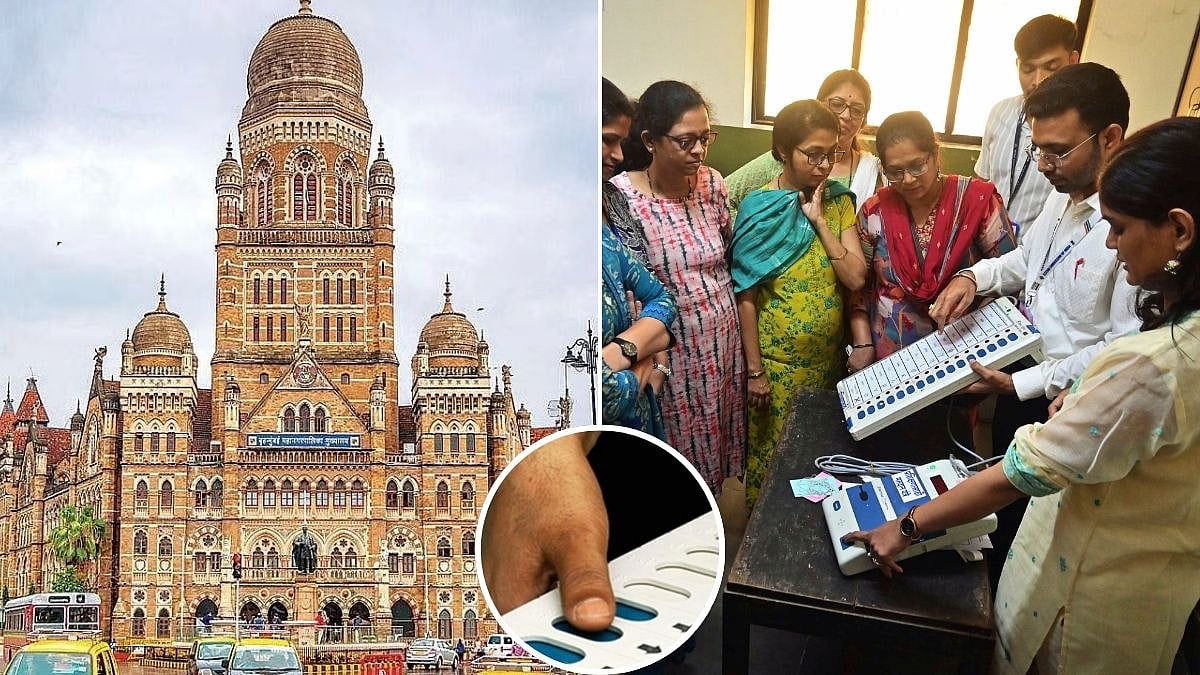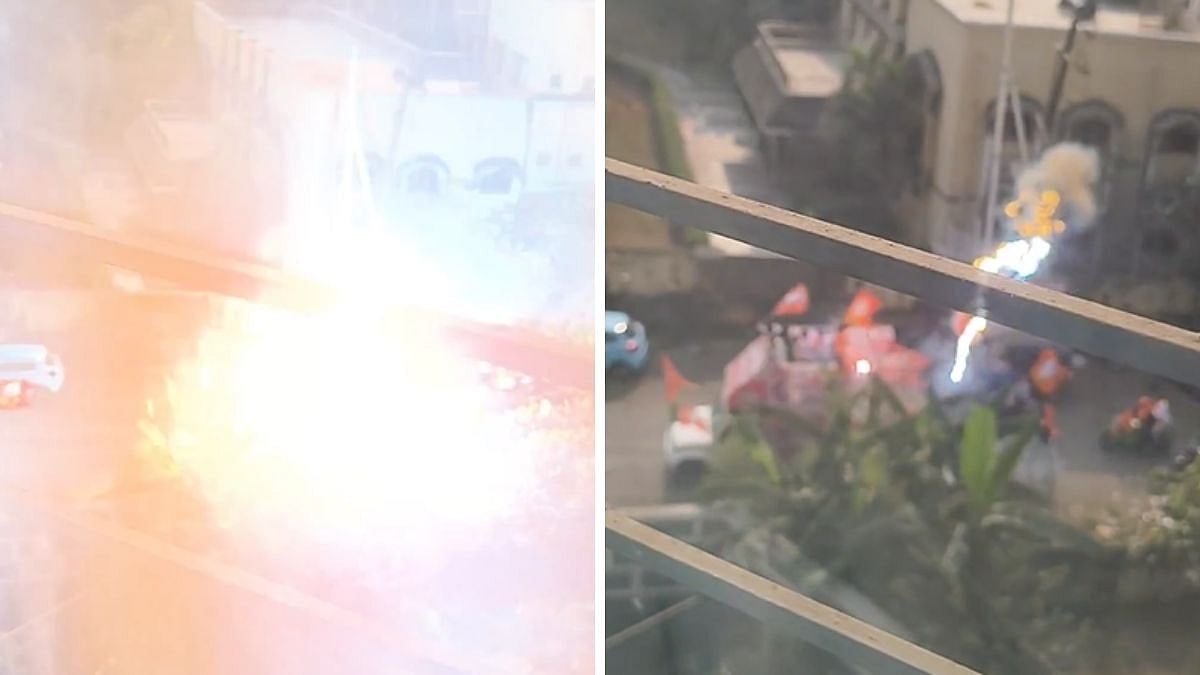When it comes to pollution, a section of people in Mumbai say that it is not as bad as Delhi. Due to its geographical location, the strong wind blowing in from the sea sweeps away air pollution and saves the city most of the time. However, the long-term impact could be disastrous if the pollution is not controlled sooner. Prof. (Dr.) Gufran Beig, Founder Project Director, SAFAR says that any kind of pollution cannot be ignored and we should not wait until the pollution reaches a tipping point and the fresh air from oceans could not clean the city.
Q. There is a common belief that Air Pollution is only a North India problem and not so much of an issue with Mumbai. Safar data has shown that it indeed is a Mumbai problem too. Can a city like Mumbai afford to ignore Air Pollution just because of its geography and climate conditions?
Answer: It is certainly not. Air pollution is not limited to North India, in fact, it is a problem of all big cities. We do not realise the pollution level in Mumbai due to geographical locations and climate conditions. Emissions are imitated from everywhere. Air from oceans sweep away air pollutants in cities which are surrounded by seas. But we should not forget that emissions get converted into pollutants which are very small particles. Over a period, the level of pollutants may reach a tipping point when even fresh air from oceans will not able to clean it. The higher level of pollutants will also be converted into CO2 and it will ultimately impact climate change. Pollution can not be ignored in a city like Mumbai just because of its geography and climate conditions.
Q. People of Mumbai rely a lot on data of SAFAR to understand Air quality of Mumbai as it's very public friendly. Are you planning to add more features or more stations for a larger network?
Answer: There are a total of ten stations in the Mumbai region of which one is in Navi Mumbai. All these stations operate as per the World Meteorological Organization (WMO) guidelines in a different microenvironment. These stations are recognized for the national clean air programme for the Mumbai region. However, the expansion plan has to be taken by the premier body looking after pollution control like Maharashtra Pollution Control Board. SAFAR has made the beginning and shown the way.
SAFAR will continue to provide the forecast three to four days in advance. As far as the information is concerned, we will continue to do it. Recently, we made a few changes in the mobile app after demand from the common public came. Like, earlier the forecast in the app was available only in English. Now, it is available in other languages too. Recently, we introduced voice messages in the app as many people cannot read. We will continue to add features with the advent of technology.
Q. How will air quality forecasting help citizens? Please elaborate on the awareness model implemented in schools at Pune and Ahmedabad
Answer: Apart from the government’s initiative, citizens' participation is very important. From the implementation point of view, citizens’ involvement becomes paramount. This can be done by public awareness. People should know what is air quality index, what is pollution, and what is its effect. We started an awareness programme in schools in Pune and Ahmedabad. With the coordination of local bodies, around 600 schools in Pune and 300 schools in Ahmedabad, school children are informed about the air quality of their school premises or area during the morning assembly. They can check the details at the schools’ notice. Depending upon the severity, the air quality has been classified in six colours. We distributed schools with the six colour flags and asked them to hoist at the entry of the school as per the air quality of the day and accordingly advisory can be issued. This brought a good result and also sends a message among students to understand the meaning of pollution and its severity. This is also helpful for people who are suffering from Asthma as they can take precautions in advance.
Q. Do you think cities like Mumbai should undergo source apportionment studies every year and should it be publicized?
Answer: SAFAR has done emission inventory studies in 2015 and updated them in 2019. However, it requires a lot of effort. Volunteers mostly students have to visit different areas to count the number of vehicles to get the right data. A lot of primary data like the number of vehicles and km of running are required to know the pollution level. Similarly, slums are one of the major sources of emissions. In principle, it should be done every year. Since it requires a lot of resources and time, if we cannot do it every year, it should be done every alternate year. A government agency can do it. But it needs coordination among all the agencies involved.
Q. While everyone looks at Transport/vehicle emissions being the main contributor to PM2.5 in Mumbai. Do you think rising air pollution from biomass burning and construction in Mumbai can be neglected or sidelined?
Answer: Any kind of pollution cannot be ignored. However, in Mumbai, industrial pollution is high in comparison to pollution from transports. It is different from Pune and Pimpri Chinchwad where norms are followed strictly by industries. The priority is required to be fixed in Mumbai to check the pollution. The dust is not a major problem but biomass burning is certainly a big problem. Mumbai houses a number of slums where the burning of wood and other materials is very high.
Q. It has been witnessed that some areas in Mumbai, particularly Malad, BKC, Mazgaon, and Colaba are showing air quality between poor to very poor, What do you think is the reason? What steps according to you should the local civic body do?
Answer: It happens only during winter. When the temperature falls then in those areas that are close to the ocean, the relative humidity becomes high, and air holding capacity increases and allows pollutant particles to hang longer. Moreover, under certain conditions, sea salt aerosols act as a medium for particles to hold.

